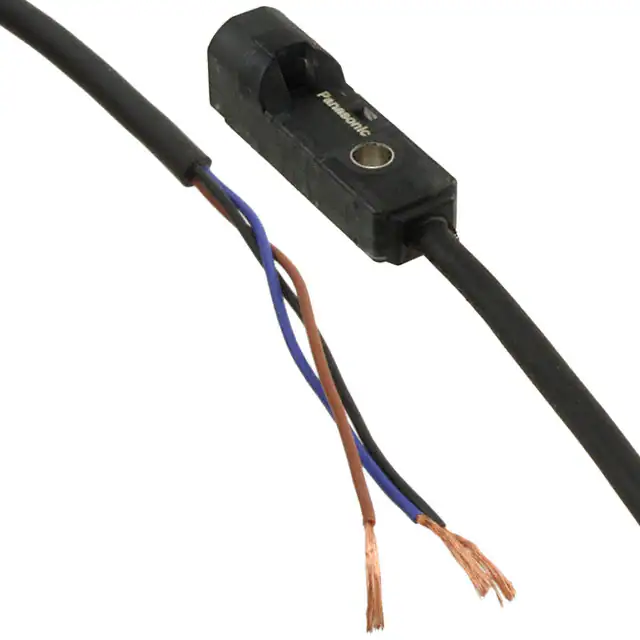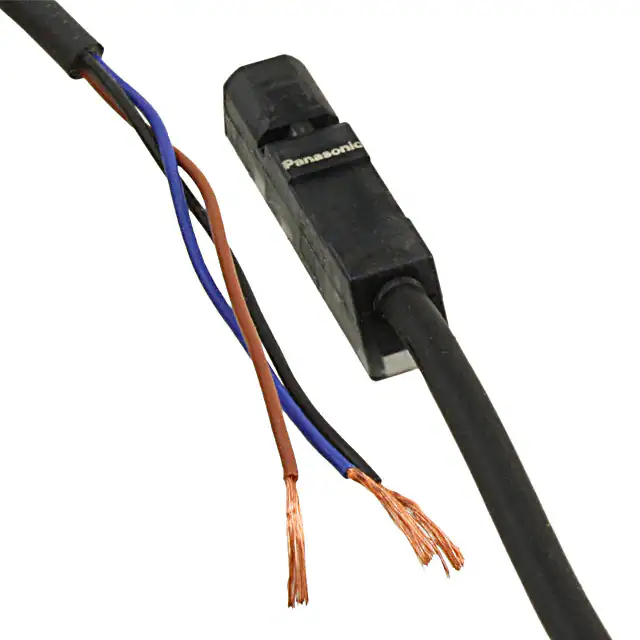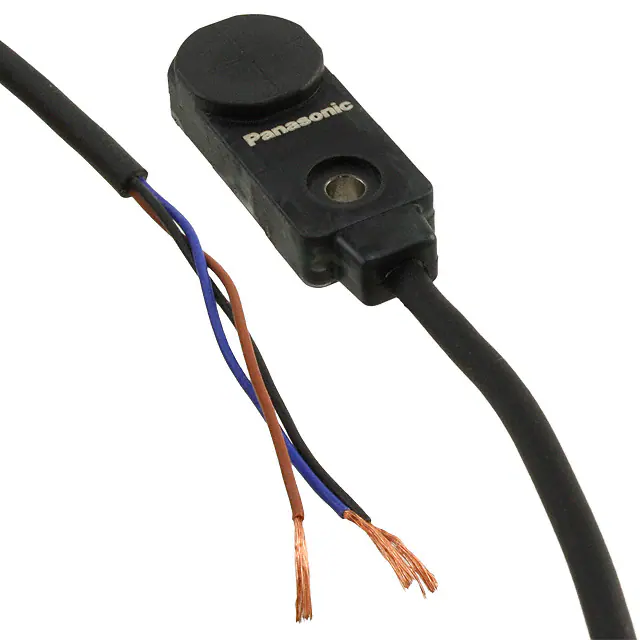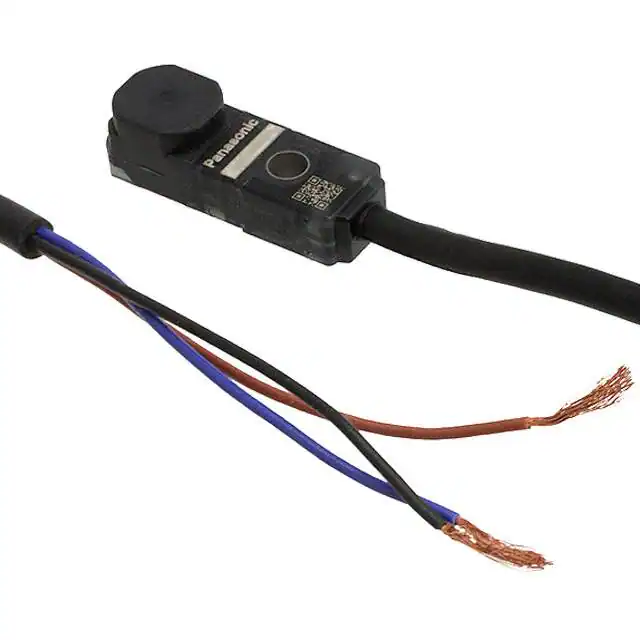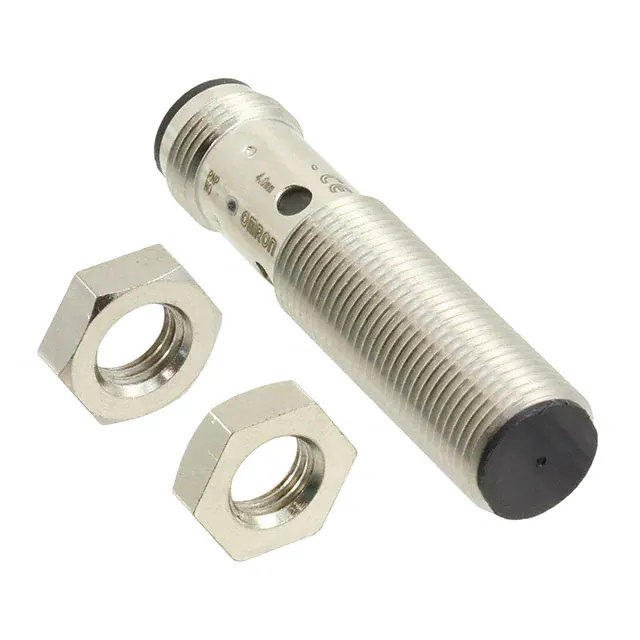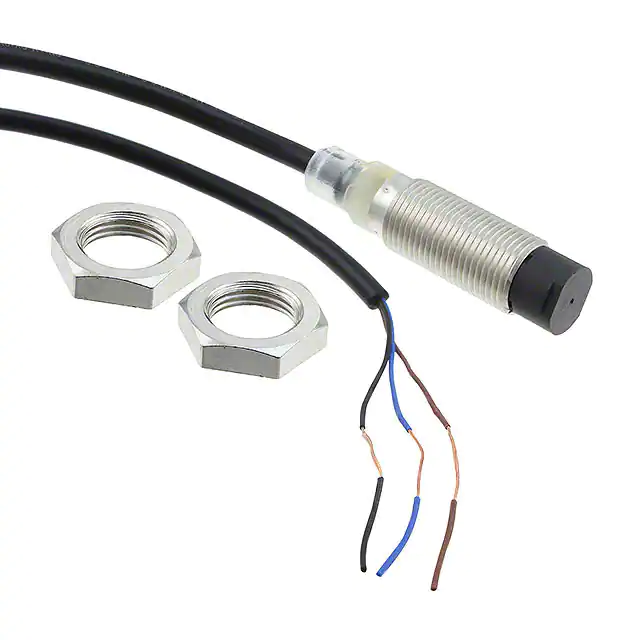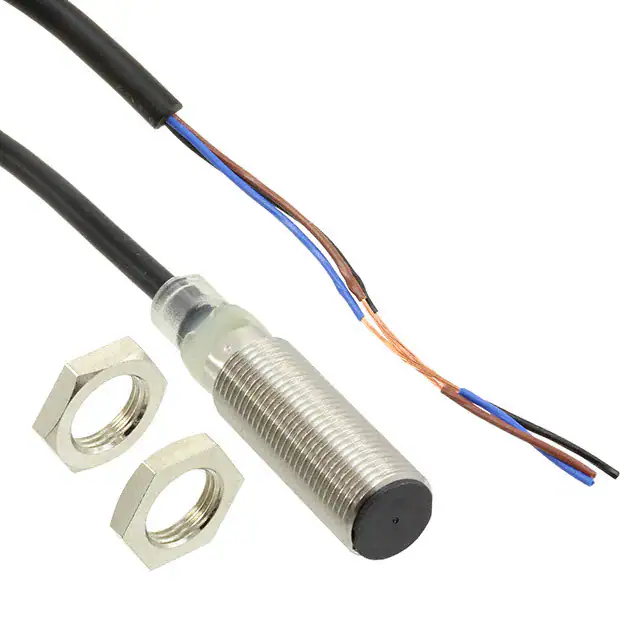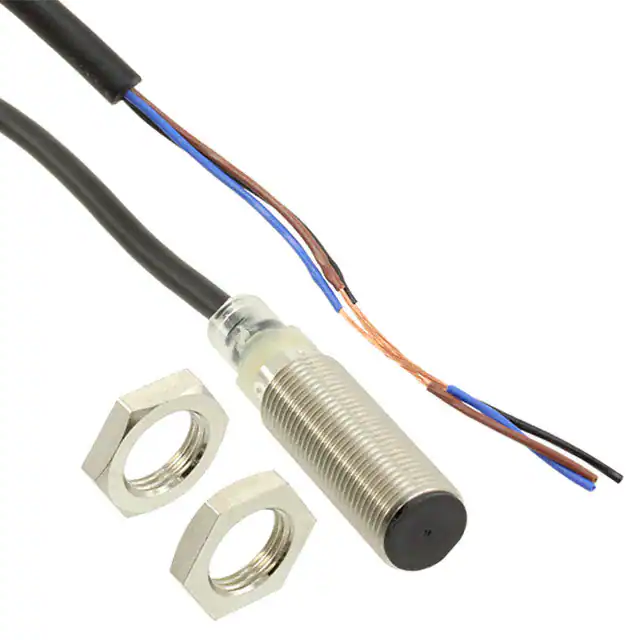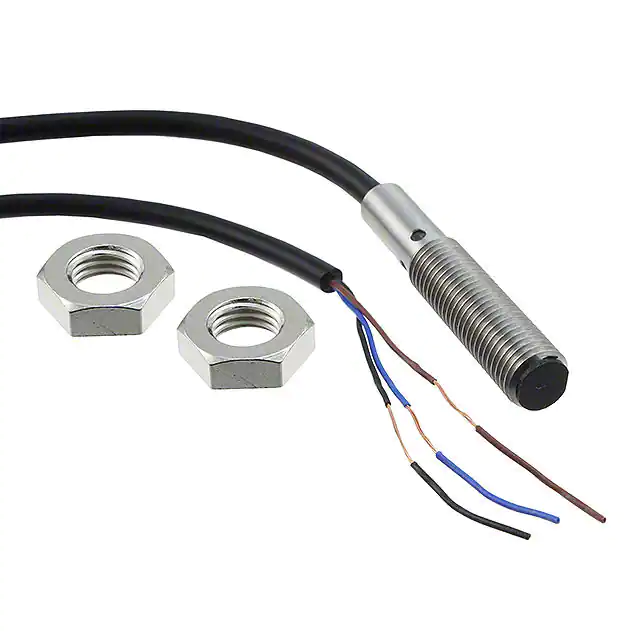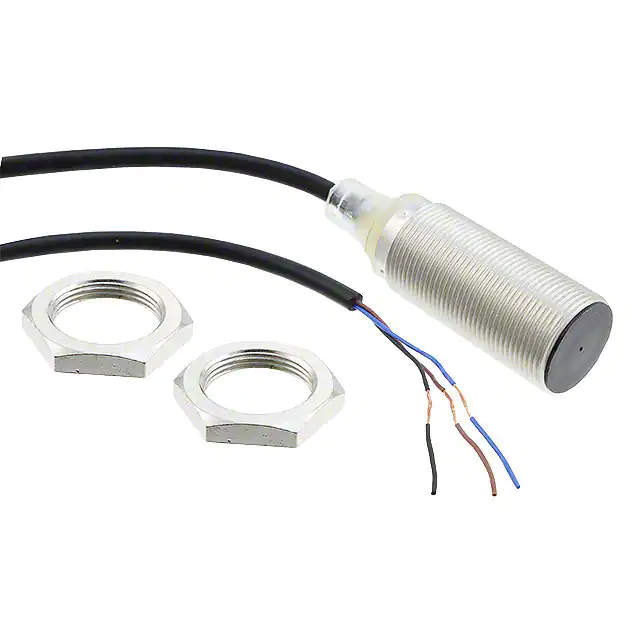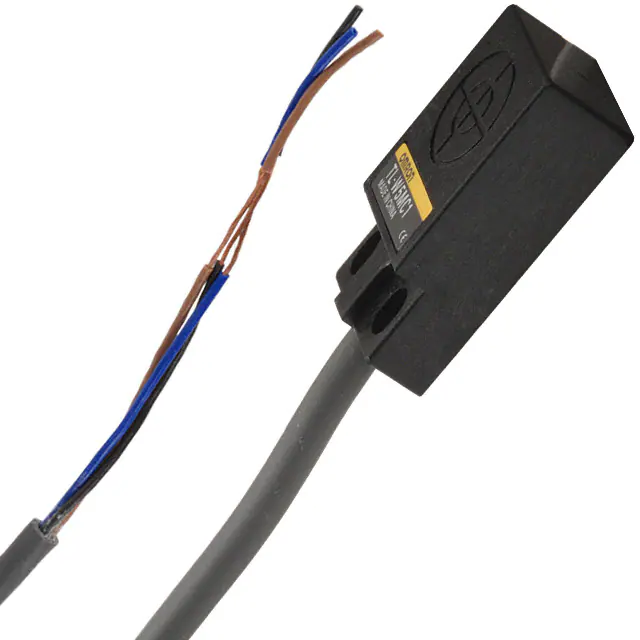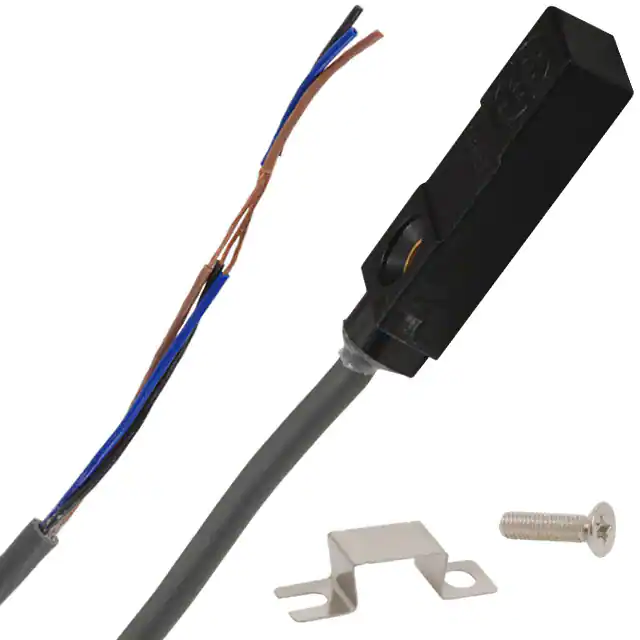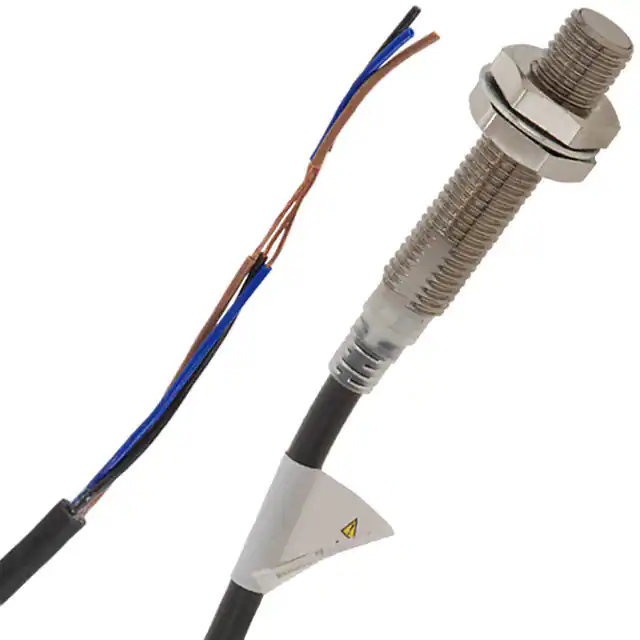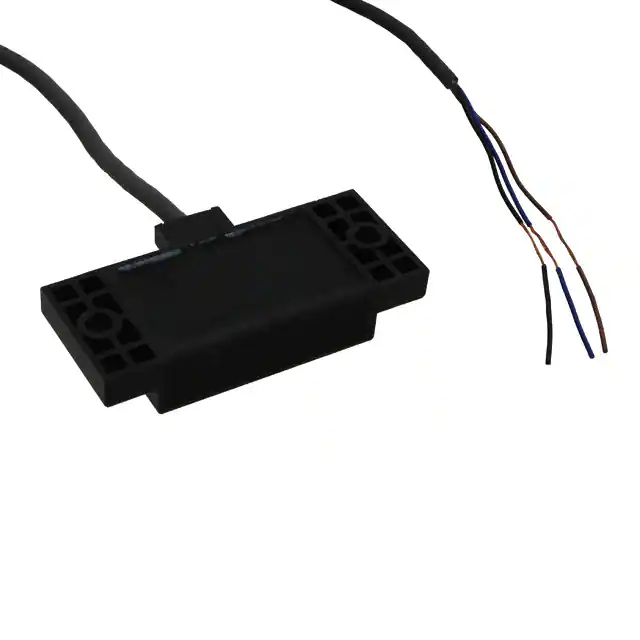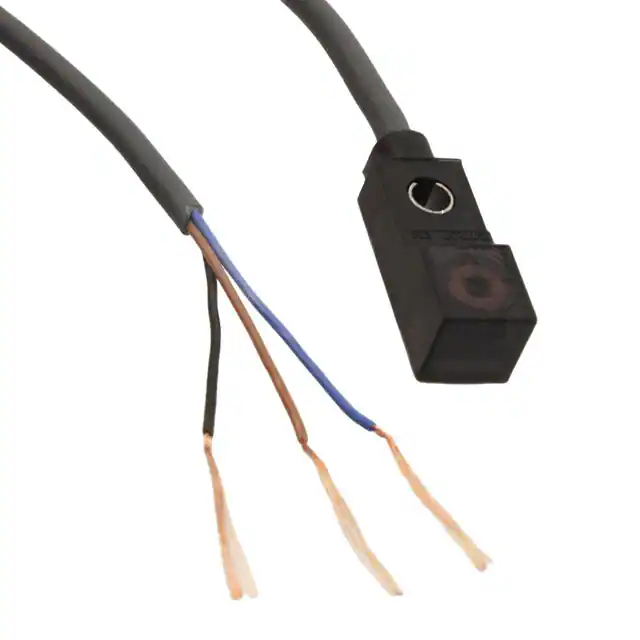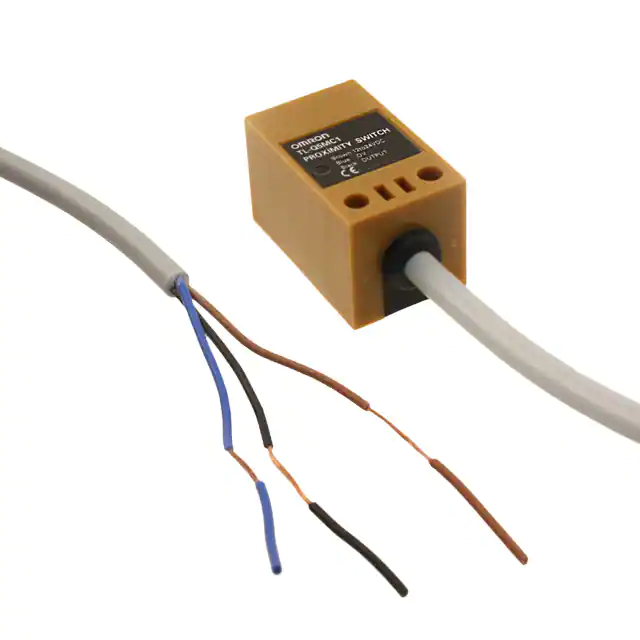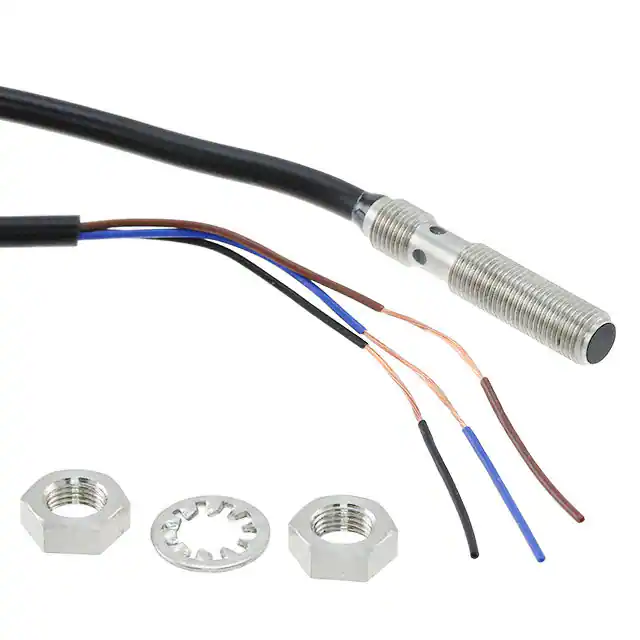Unlocking the Power of STEVAL-ISA037V1: A Comprehensive Guide
If you're looking for a powerful yet affordable evaluation board for motor control applications, look no further than the STEVAL-ISA037V1. Developed by STMicroelectronics, this compact and versatile board is designed to support a wide range of motor types and configurations, from single-phase to three-phase motors, with or without sensors. With its rich set of features and intuitive software environment, it provides a great platform for prototyping, experimenting, and learning about motor control.
In this guide, we'll take a closer look at the main features of the STEVAL-ISA037V1, how to set it up and connect it to your motor, and how to program and debug it using STMicroelectronics' integrated development environment (IDE), STM32CubeIDE. We'll also provide some tips and tricks for getting the most out of the board, as well as some examples of motor control applications that you can try on your own.
Features
The STEVAL-ISA037V1 is based on the STM32F446ZET6 microcontroller, which provides a powerful and flexible computing platform for motor control tasks. The board includes the following main components:
Three-phase inverter bridge with six MOSFETs, capable of driving up to 10A RMS
STM32F446ZET6 microcontroller with 180 MHz ARM Cortex-M4 core, 512 kB Flash memory, 128 kB SRAM, and integrated peripherals (ADCs, timers, PWMs, communication interfaces, etc.)
UART, USB, and CAN interfaces for communication and programming
Stacked micro-SD socket for data logging and firmware updates
On-board temperature and voltage sensors for monitoring and protection
Jumper headers for configuring the board and selecting the motor type and control mode
The STEVAL-ISA037V1 supports a wide range of motor types, including AC and DC motors, with or without sensors, and rated from 10 W to 500 W. The board also implements several motor control techniques, such as voltage and current mode control, field-oriented control (FOC), and sensorless control, using advanced algorithms and feedback loops. The board comes with a comprehensive user manual and software examples that cover many aspects of motor control, from basic commutation to advanced speed and torque control.
Setup
To get started with the STEVAL-ISA037V1, you'll need the following items:
STEVAL-ISA037V1 board
Power supply (DC or AC, depending on your motor)
Motor (rated within the board's limits)
USB cable (for programming and communication)
PC or laptop (with STM32CubeIDE installed)
To set up the board, follow these steps:
1. Connect the power supply to the board's screw terminals, making sure to observe the polarity and voltage rating.
2. Connect the motor to the board's motor terminals, again observing the polarity and type of motor.
3. Connect the USB cable to the board's USB port and your PC or laptop.
4. Open STM32CubeIDE and create a new project for the STEVAL-ISA037V1, using the board's BSP (board support package) and the appropriate motor control library.
5. Compile and upload the firmware to the board, either via the USB interface or the micro-SD card.
6. Configure the jumper headers on the board to select the motor type, control mode, and other parameters, as described in the user manual.
7. Run the firmware and observe the motor behavior, using the debug tools and the UART or USB interfaces for monitoring and control.
Programming
Programming the STEVAL-ISA037V1 involves writing C code for the STM32F446ZET6 microcontroller, using STM32CubeHAL (hardware abstraction layer) and the motor control library provided by STMicroelectronics. The code typically involves configuring the timers, PWMs, and ADCs, as well as defining the control algorithms and feedback loops for the motor. The code can be written and debugged using STM32CubeIDE, which provides a powerful and user-friendly environment for developing and testing embedded software.
Here's a simple example of motor control code for the STEVAL-ISA037V1, using voltage mode control and a sinusoidal waveform:
include "stm32f4xx_hal.h"include "motor_control.h"int main(void){ HAL_Init(); MX_GPIO_Init(); MX_ADC_Init(); MX_DAC_Init(); MX_I2C_Init(); MX_TIM_Init(); MX_USART_Init(); MX_NVIC_Init(); MX_MBD_MOTOR_CONTROL_Init(); HAL_ADC_Start_DMA(&hadc1, (uint32_t )ADC_Readings, 6); MBMC_StartMotor(&hmotorcontrol, MBMC_VoltageMode); while (1) { HAL_Delay(1); }}
This code initializes the board's peripherals and motor control library, starts the ADC for measuring the motor current and voltage, and starts the motor in voltage mode. The loop just waits indefinitely, allowing the motor to run at a constant speed.
Tips and Tricks
To make the most of your STEVAL-ISA037V1 board, here are some tips and tricks that you might find helpful:
Read the user manual carefully and understand the jumper header settings before connecting the board to your motor.
Use a good quality power supply that can deliver stable and clean DC or AC voltage to the board and the motor.
Choose a motor that is well-matched to your application requirements, and test it thoroughly before connecting it to the board.
Use the on-board sensors and protection features to monitor the board and the motor and prevent damage from overheating, overvoltage, or overcurrent.
Use the debug tools and the communication interfaces to monitor the motor behavior in real-time and fine-tune the control parameters.
Experiment with different motor types, control modes, and algorithms to gain a better understanding of motor control principles and techniques.
Join the online community of STEVAL-ISA037V1 users to share your experiences, ask for help, and learn from others.
Applications
The STEVAL-ISA037V1 can be used for a wide range of motor control applications, such as:
Industrial automation (conveyors, pumps, fans, compressors, etc.)
Robotics (linear actuators, manipulators, drones, etc.)
Automotive (electric bikes, scooters, vehicles, etc.)
Consumer electronics (blenders, mixers, vacuum cleaners, etc.)
Renewable energy (wind turbines, solar trackers, etc.)
Here are some examples of motor control applications that you can try on your STEVAL-ISA037V1:
Speed control of a DC motor using pulse-width modulation (PWM).
Sensorless control of a three-phase BLDC motor using FOC and Hall-effect sensors.
Torque control of a spindle motor using PI controllers and current sensing.
Position control of a servo motor using encoder feedback and PID controllers.
Wireless control of a BLDC fan using Bluetooth Low Energy (BLE) and a smartphone app.
Conclusion
The STEVAL-ISA037V1 is a powerful and flexible evaluation board for motor control applications, designed to support a wide range of motors and control techniques, while providing an intuitive and user-friendly environment for prototyping, experimentation, and learning. By following the tips and tricks outlined in this guide, and trying out some of the example applications, you can unlock the full potential of the board and gain valuable skills and insights in motor control engineering. We hope this guide has been helpful and wish you success in your motor control journey!
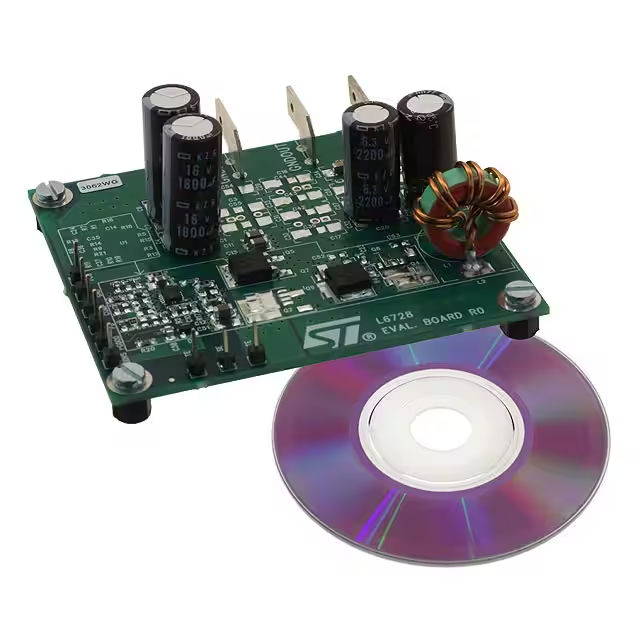
STEVAL-ISA037V1
- Part Number :
- STEVAL-ISA037V1
- Manufacturer :
- STMicroelectronics
- Description :
- BOARD EVAL BASED ON L6728
- Datasheet :
-
 STEVAL-ISA037V1.pdf
STEVAL-ISA037V1.pdf
- Unit Price :
- Request a Quote
- In Stock :
- 2492
- Lead Time :
- To be Confirmed
- Quick Inquiry :
- - + Add To Cart
Request a Quote
STEVAL-ISA037V1 Specifications
STEVAL-ISA037V1 Guarantees

-
Service Guarantees
We guarantee 100% customer satisfaction.
Our experienced sales team and tech support team back our services to satisfy all our customers.

-
Quality Guarantees
We provide 90 days warranty.
If the items you received were not in perfect quality, we would be responsible for your refund or replacement, but the items must be returned in their original condition.
Certified Quality
 View the Certificates
View the Certificates

